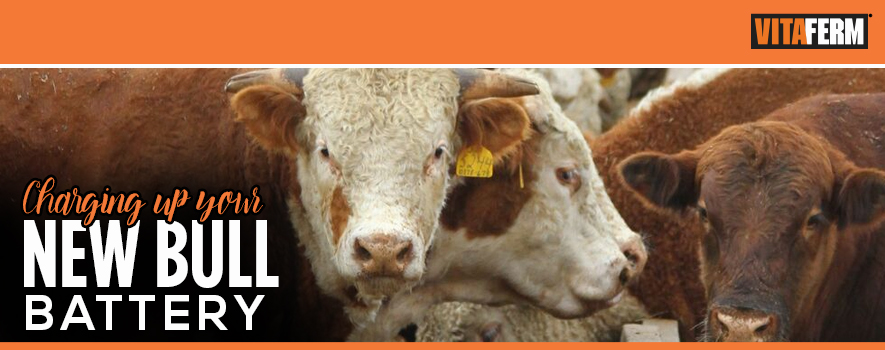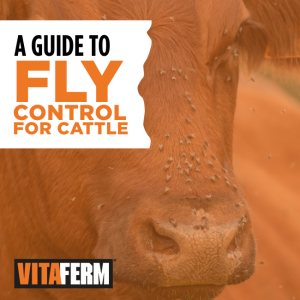by Dr. Twig Marston, Technical Field Sales Manager
Managing yearling bulls can be a challenge. Stressors such as adapting to new surroundings and the uprising of social activities bring extra burdens on their physical and mental wellbeing. Because yearling bulls have a considerable amount of growth and development ahead of them, giving them extra care and management can pay large dividends.
A common complaint about yearling bulls is that they carry too much condition and have a “major meltdown” during their first breeding season. There are several solutions that can help with this problem. First, don’t buy or feed a fat bull. Instead, develop athletes, bulls with true muscle shape and movement. Second, have bulls long enough before the breeding season that you can condition them into their working clothes. It is important that bulls are gaining some weight and consuming the same diet they will be expected to eat when turned out with females. Cattle being switched from concentrate containing diets to straight forage diets will often experience dramatic declines in feed intake and weight loss. Exercise is important when preparing for a breeding season. Bulls need to have plenty of space and be forced to walk. Body condition scores can be used on bulls just like they are used in the cowherd. Moderate body condition is ideal, too thin and too fat should be corrected.
Their diets need to be balanced for nutrients, and they need to have a good water source readily available. Research has shown that feeding zinc at 60 ppm of the diet is beneficial to male reproduction. Other mineral and trace minerals should also be considered and accounted for. VitaFerm® Concept•Aid® mineral supplements are excellent sources of minerals, trace minerals and vitamins. In addition, they include Amaferm®, which will aid in forage digestion.
Before the breeding season, every bull, regardless of age, should pass a complete breeding soundness exam. Research has shown that bulls with scores greater than 71 have a dramatically higher conception rate than those scoring 70 or less. When compared to the cost of using a sterile or sub-standard bull, the money invested in a BSE is well spent.
A structurally sound yearling bull should not require any foot care. Occasionally, however, foot rot, toe ulcers, and abscesses develop and require immediate attention. Excessive hoof growth may call for a foot trimming. If trimming is needed, it should be done 3 to 6 weeks before the start of breeding season so the bull can recover from any soreness the trimming may have caused.
Bulls should be protected from severe cold and heat prior to turn out. Providing bedding during winter and spring storms will protect testicles from frostbite. Likewise, extreme heat can be detrimental to sperm production.
Protect bulls from diseases. Consult with your veterinarian and establish a comprehensive herd health program.
Try to observe the yearling bull closely to make certain he is getting his work done. Also, keep an eye on his condition. If he is getting too thin and rundown, he needs a break. Thin bulls are more apt to hurt themselves, become less fertile and have increased nutritional needs after the breeding season.
Yearling bulls should be pasture mated to females that are similar or smaller framed than the bulls. Turning out younger bulls on larger cows may cause injury and failure to mate properly.
Good bull management is an essential part of developing bulls to a long and productive life. Many obstacles can derail a yearling bull, however, by using careful observation, anticipating problems and applying timely applications you can increase returns from every bull on the place.



